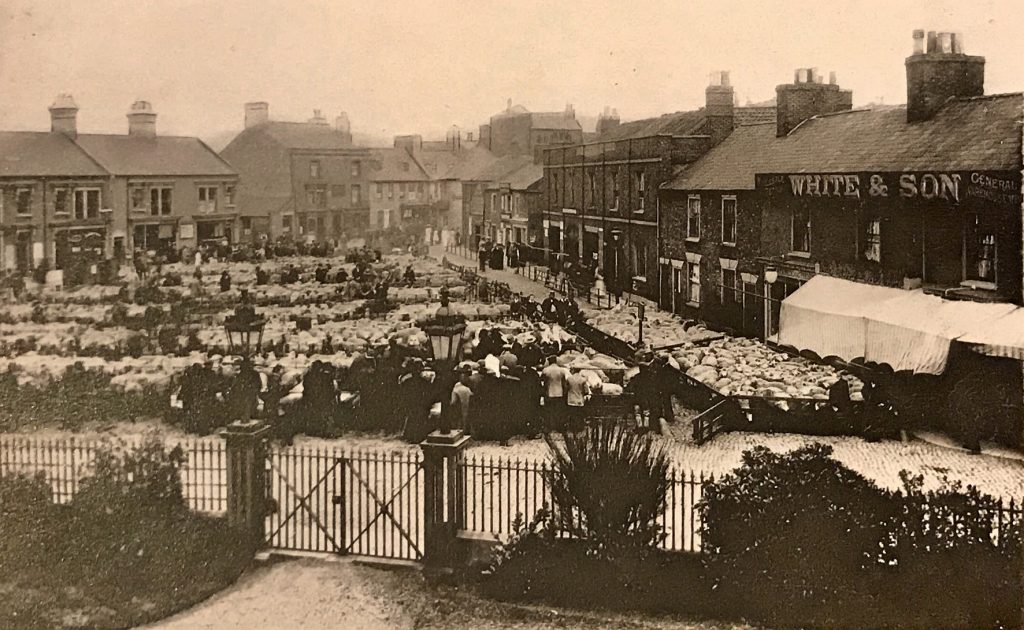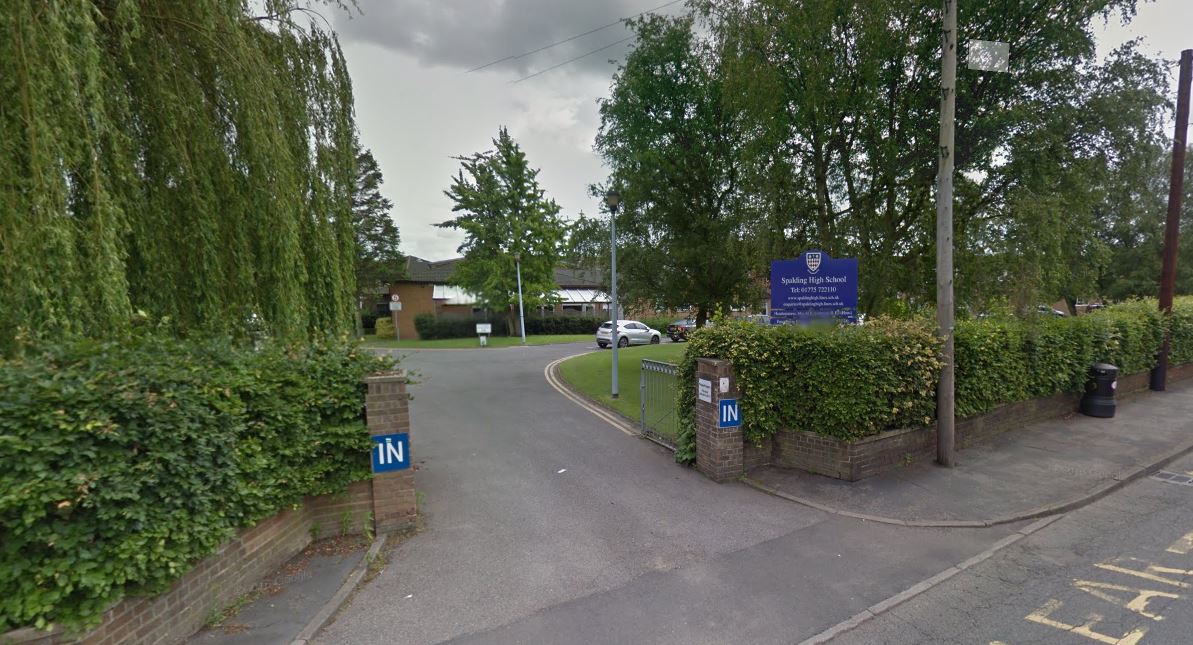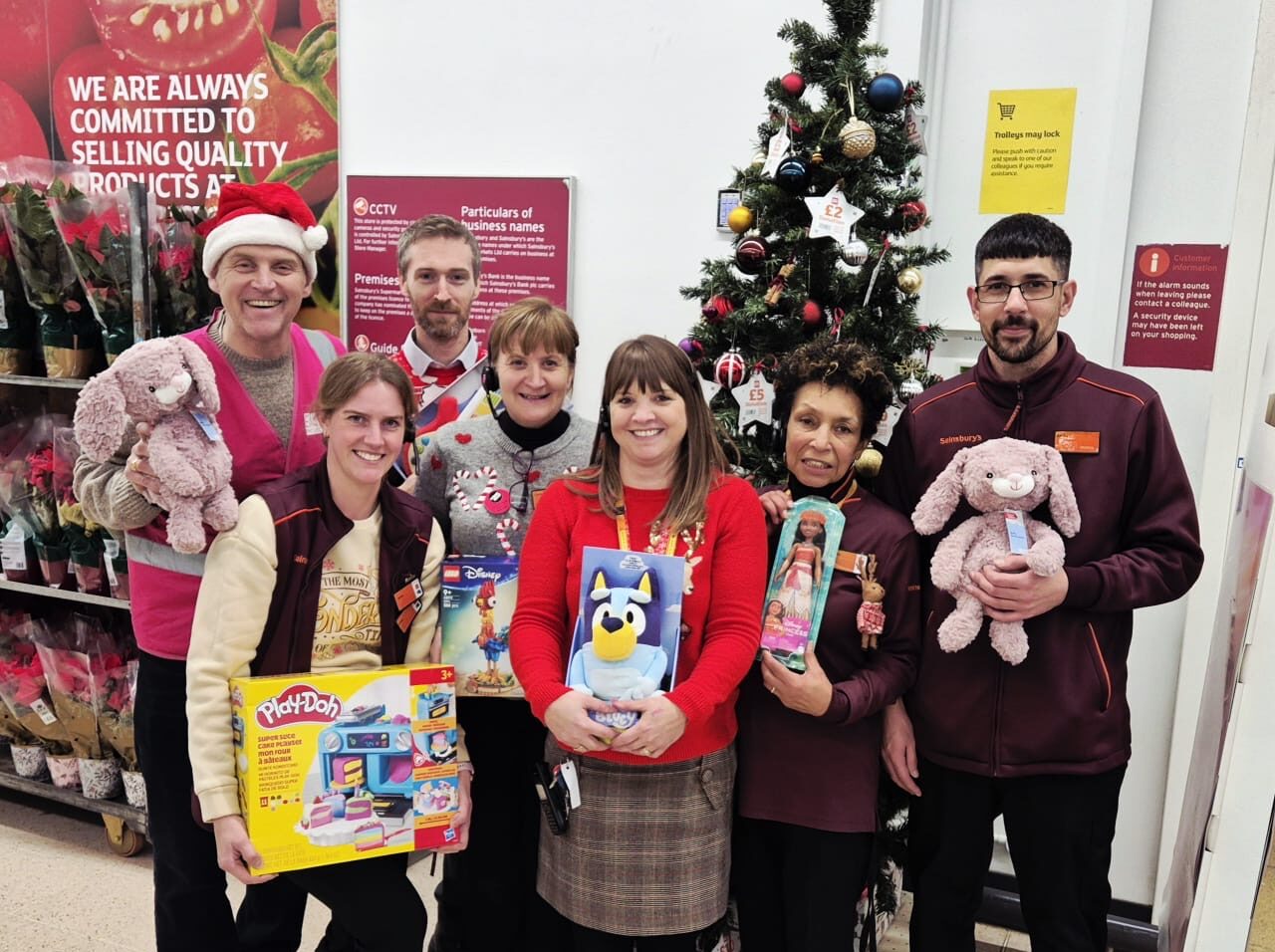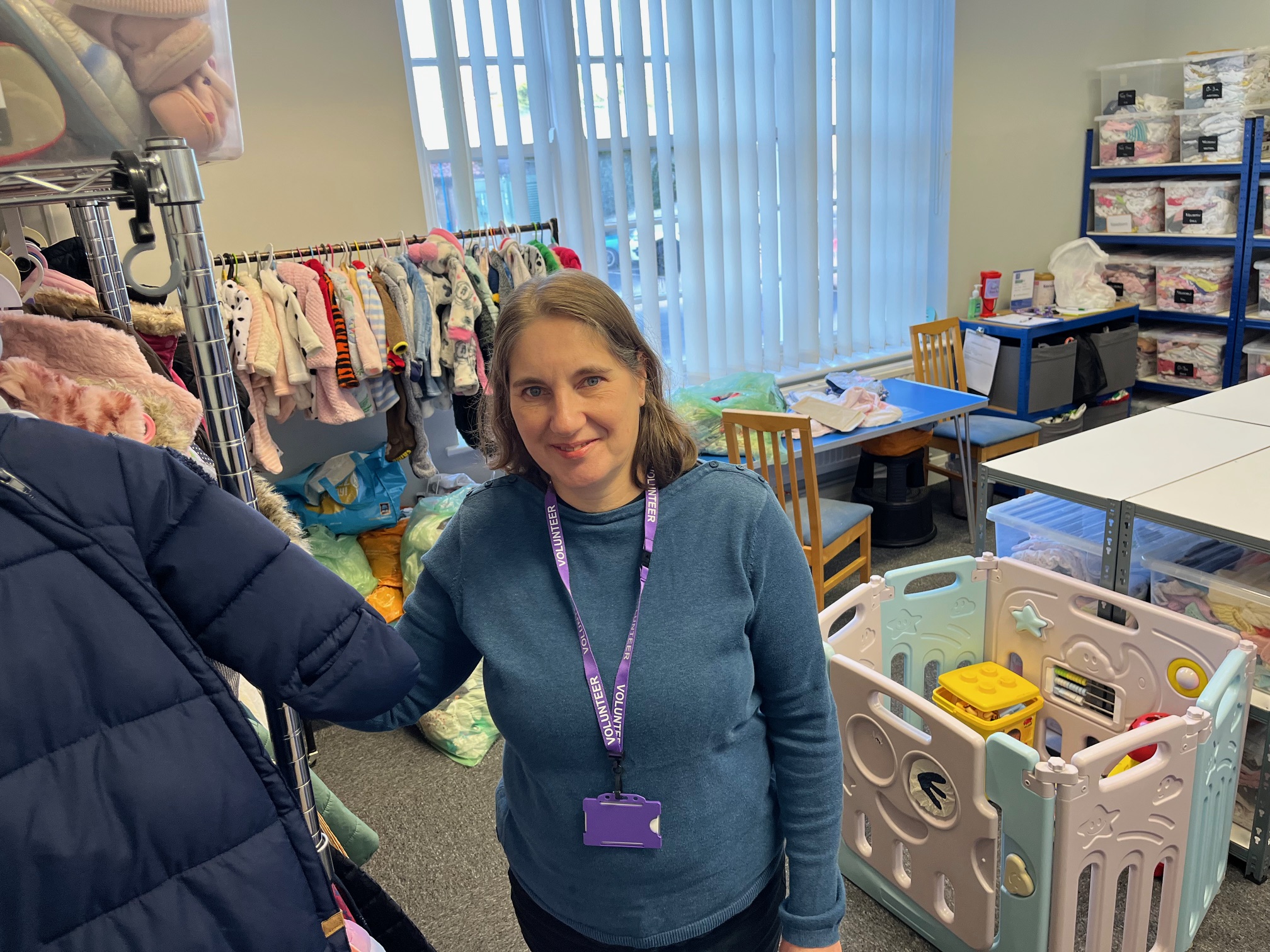John Tippler has put some of his memories down on paper for readers to enjoy.
In the 1930s and 40s, the town functioned mainly through personal contact. It showed up in various ways.
There was no ‘serve yourself’ in shops, so you were always dealing with shop assistants (or owners) and got to know them by name.
Sociability was more general and nowhere more expressed than in the pubs.
The pub nowadays, though excellent, is more of a restaurant with a bar.

The old pub was a place where you went to socialise, and did it via a spot of drink and either chatting at the bar or engaging in games such as dominoes, crib, darts, or (outdoors) bowls.
And in all those there would be friendly competition as well as the side opportunity to solve the world’s problems. It all widened the social circle.
Spalding had many pubs then, but quite a few have disappeared; for instance: The Peacock (Pinchbeck Street – now Road), The Butchers Arms, Still Vaults, and Angel (Westlode Street), and Ram Skin (Double Street), The Greyhound (Broad Street), Cross Keys (Hall Place), The Black Bull (New Road), The Station Gates (near station), The Great Northern (Winsover Road), The Pigeon (Holbeach Road) and The Vine (Commercial Road).
The Market Place was overlooked by the Corn Exchange and its manually-wound town clock, which I never remember showing the wrong time.
The clock’s chime was spirited and unusual and I always thought it special to Spalding. (I can’t remember the name of the tune, but perhaps someone else can.)
The Market Place was the main bus station for the town, except on market days.
Bus routes were busy, so there was much coming and going of buses via Bridge Street and New Road, and big flows of pedestrians to and from the Market Place.
There were at least five shoe shops in the town centre, and six men’s hairdressers in or near it.
There was Pennington’s large department store until it was fire-bombed in 1941.
Shopkeepers were often well known personalities. Haydn Chester was a humorous sort and would stand outside his sizeable grocer’s shop on the corner of New Road and Broad Street and chat freely with passers-by.
He had a weekly advert in the Free Press, with a fresh joke or funny story every week. Sam Toynton stood, feet astride, every morning outside his newsagent’s shop (now Spalding News) and passed the time with folk on the way to their bus.
Bill Start, shop manager, Scoutmaster, and three-times chairman of the urban council, could be seen and chatted to any morning while he swept the pavement outside Gibbs shoe shop with a cigarette hanging from his upper lip.
If you thought of visiting a gent’s outfitter in the 1940s you might have decided to go to Bill Parrot’s shop in Victoria Street.
Two-to-one you’d find he was out on some private business. If he was in, you’d quite likely hear gales of singing coming out of his shop door as you approached, declaiming – for instance – that the flowers that bloom in the spring (tra la) had nothing to do with the case.
He was a member of the amateur operatic society and often practiced with music sheets spread out over his counter.
Most people know that there was a drinking fountain in the market place, provided with metal cups chained to the fountain.
Another sight was the World War One tank, that stood in the forecourt of the Sessions House until WW2, when it was taken for scrap.
Then there was the Fire Station, which was in Station Street in the earlier 1930s.
The doors were usually open, and I loved to see the fire engines and the row of gleaming brass helmets hanging along the wall. The riverside fire station was built in the later 1930s.
There were many bakehouses in the town, with the delicious smell of new bread and still-warm loaves for sale. Apart from bread and such, the bakers would cook your Christmas goose for you if your own oven was too small.
You collected it at an appointed time and hurried it home.
One night in about 1932, I remember being held up to the window to see the soaring flames from Balderson’s bakehouse on fire.
Fires were more common then and often attracted a crowd to see the action. Greenall’s large furniture shop in New Road was burnt out at least twice.
Excitements sometimes happened without warning. In the Market Place one day in the 30s, a horse with dray suddenly bolted and raced full speed down towards Hall Place. It tried to follow the bend round into the Sheep Market, but couldn’t make it and crashed into the big window of Hallam and Blackburn’s grocery shop, next to The Pied Calf.
It lay in the road badly cut about, the vet was called, and it had to be destroyed on the spot with a sad crowd looking on.
Another incident was less tragic. One market day in the mid-1930s, a very large pig jumped out of its pen in the Sheep Market and headed for the crowd of people outside the Post Office (top of Gore Lane).
Everyone scattered in panic, including my mother and I, but no one was hurt and the pig was soon captured and returned to its pen.
The social life of the town, was boosted by the cinemas – three of them by 1938. They attracted large audiences and usually had two different programs every week.
There were also frequent dances at the Corn Exchange, Drill
all, and Masonic Hall on Saturdays – no discos, always live bands.
When cinemas and dances finished on Saturday nights, the town centre was thronged with people, bursting with life, roaming about and flooding chip shops and pubs.
And in the 30s, the Saturday market was on the go until mid-evening, with every stall lit by Tilley lamps.
Spalding in the 1930s and 40s was full of life!







